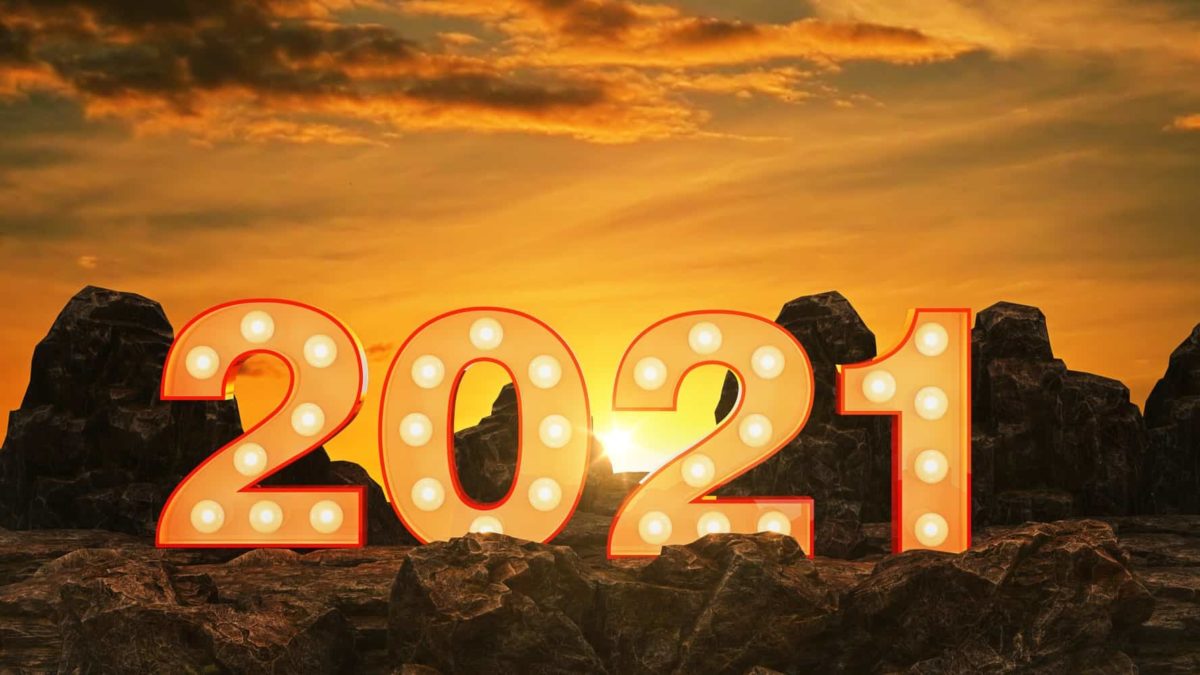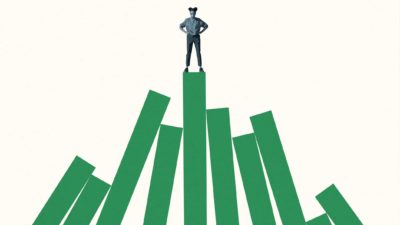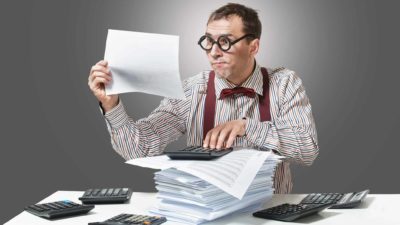2020 has been a terrible year for a number of reasons. But we all know that, so I won't bore you with prolonging what some would argue is becoming a cliché.
But what I personally find very interesting in 2020 is how share markets have reacted to such a terrible year. You would think, with a still-raging global pandemic and all, that the markets might be subdued, perhaps ending the year far more muted and modest than where they began.
Cast your mind back to the recession-that-wasn't of 2007-09, and you might remember the relative insignificance compared to the recession the country, and the world, is facing today. Australia was lucky enough to escape the global financial crisis with our record-breaking run of recession-free years still intact.
That record has not survived 2020. And yet, back in the global financial crisis, the S&P/ASX 200 Index (ASX: XJO) took almost 18 months to go from its top to its bottom. It was a long, slow and painful fall of roughly 53%, spread out from October 2007 to March 2009.
A wild ride for the ASX 200
That makes the nightmare that our markets went though back in March seem like a hazy daydream. Yes, we had a nasty fall in the ASX 200. But it was so fast that if you blinked, you might have missed it. The drop from the top to the bottom took just over a month, ending on 23 March. And for the rest of the year, the markets have been nothing but incredibly kind to investors (at least those who didn't sell everything on 23 March). Since then, the ASX 200 is up more than 47%, and is now in the green on a year-to-date basis.
Across the Pacific in the United States, things are even better. Overnight, the S&P 500 Index (SP: .INX) hit another all-time record high on the back of outgoing President Donald Trump signing an additional round of stimulus spending. That index is up more than 14% year to date, and up almost 67% since 23 March. Happy New Year indeed.
But why is all this happening? It does seem a little incongruous, to say the least…
An 'everything' bubble?
Well ,according to reporting in the Australian Financial Review (AFR) today, we have stimulus programs orchestrated by central banks around the world to thank. The AFR calls the near-zero interest rate environment, egged on by massive quantitative easing (QE) programs, as the fuel for 'the everything bubble'. It's these massive injections of liquidity and stimulus spending that are reportedly the reasons markets of all stripes are at or near record highs.
These include the share market, the bond markets, property prices, gold prices and bitcoin. It's not historically normal to see all of these markets rise in tandem, and yet that is pretty much what we've seen in 2020.
"The embrace of radical monetary policy has warped the valuation yardsticks relied upon by investors for generations. Value becomes a hard notion to grasp in a world of zero interest rates", the report tells us.
So will the music ever stop? Well, history tells us it has to at some point. But whether or not that will be in 2021, 2023 or 2031 is anyone's guess. But what we do know is that the primary factors that have led to this 'everything bubble' in 2020 will likely still be at play next year.









